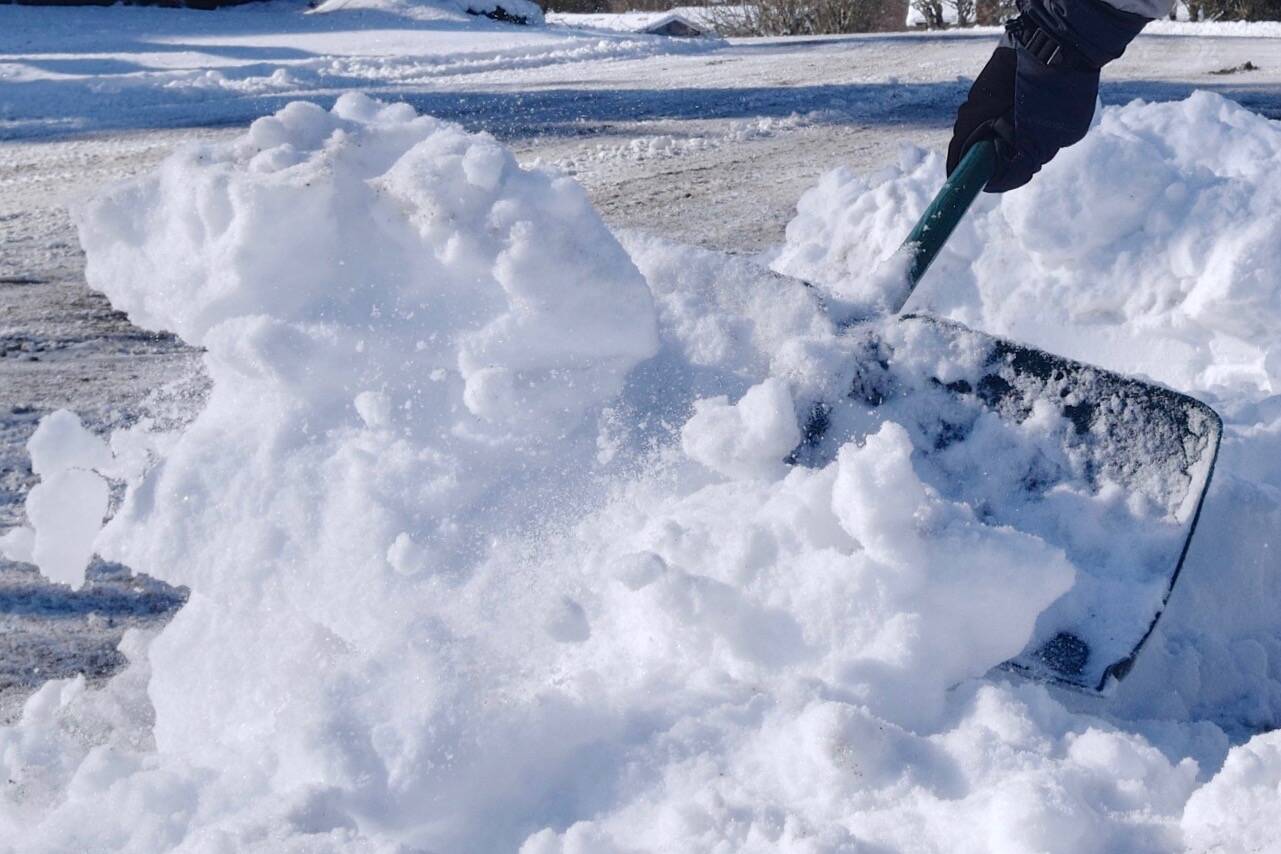As the third La Niña winter season in a row prepares to lay its icy hands over the Pacific Northwest, here’s what the prognosticators at the National Weather Service say we should expect.
Look for wetter than normal conditions until the end of the year, and colder than normal temperatures from January to March 2023.
After 2023 arrives, expect the extra rainfall to slosh over to Eastern Washington.
While a triple La Niña is unusual, it is by no means unprecedented, having occurred here between 2010 and 2012, and again from 2017 to 2019, said Karissa Smith, emergency management director for the city of Auburn, at the Auburn City Council’s recent work session.
That’s the big picture. But as for severe weather events, like heavy rainfall and flooding that sometimes follow without much notice, they are impossible to forecast beyond a 10-day or so window.
You may not be able to hear the City of Auburn tuning up its winter machinery, but parts laid aside during the warmer months are now being oiled and checked to ensure they are ready for whatever La Niña may hold up her soggy sleeve, Smith said.
“So we are not taken by surprise,” said Smith.
Here is a sampling of what Auburn officials are up to.
Police, fire, communications staff and homelessness personnel gathered Oct. 31 for the city’s annual winter-preparedness meeting, to ensure that everybody at the table knows what they are supposed to do and to share that information.
One of the most important things to know is that the city will always have one on-duty emergency management employee primed and ready to go 24-7 every day, Smith said — “phones on, ringers up” to respond to personnel in the field and speed to them what they may need. The city places a heavy emphasis on community preparedness by regularly updating its social media sites and following the National Weather Service’s daily updates.
Situational awareness, Smith said, is critical so that city workers in the field and community partners such as the Auburn School District are as up-to-date with the news, know when city departments switch on their emergency operating centers, and are informed about enhanced operations and extra shifts.
After each event, city personnel review what worked and how to do things better the next time.
Warming center operations are activated when the temperature drops to 32 degrees or below for at least two consecutive nights, which is consistent with other jurisdictions in King County and observations from the Auburn Food Bank, which manages the warming centers. When the city does activate its warming centers, it shares that fact with emergency management personnel in King and Pierce counties.
The city also operates day and overnight shelters at the Auburn Community Resources Center at 2814 Auburn Way North.


